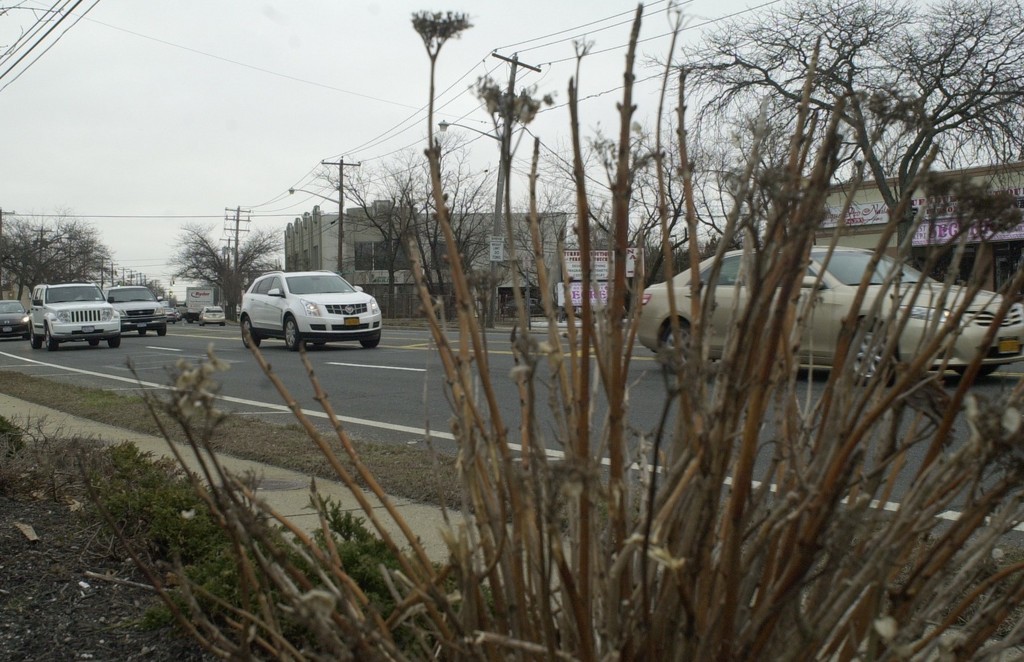Saving stressed-out plants after Hurricane Sandy
When Hurricane Sandy struck on Oct. 29, it inundated thousands of South Shore yards with saltwater, which is awful for lawns and most plants. Over the past 4½ months, homeowners have watched helplessly as their hydrangeas have shriveled up, their boxwoods have turned rust-colored and their grass has become a mottled patch of brown and more brown. In many cases, years’ worth of yard work, valued at thousands of dollars, was seemingly destroyed in a single night.
With the spring planting season only a month and a half away, what’s a homeowner to do?
For starters, resist the urge to rip out your flora and begin anew, said Julie Seghrouchni, the horticulture and community forestry educator at the Cornell Cooperative Extension’s demonstration garden at Eisenhower Park in East Meadow. Nature is resilient. While it may not seem like it at the moment, many of your plants will rebound if you are patient and provide a little tender loving care.
Salt stresses out plants
Salt and a host of chemicals deposited in soil during Sandy placed tremendous stress on plants, and they responded by withering, browning and dropping leaves. But, Seghrouchni said, they could very well be alive, though in need of life support.
“It may take some time for them to look really good,” she said. “If you find one branch dead, it doesn’t mean the whole tree is dead.”
Seghrouchni noted that it could be as late as June or early July before plants begin to return to their normal selves. “They rejuvenate in late spring and early summer,” she said.
She recommended that you test a plant carefully before removing it. Bend back its branches. If they are flexible, the plant is likely still alive. If most branches snap easily and are dry inside, the plant is probably dead. You can also scratch off a small amount of bark with a garden knife. If the plant is green inside, it’s alive.






